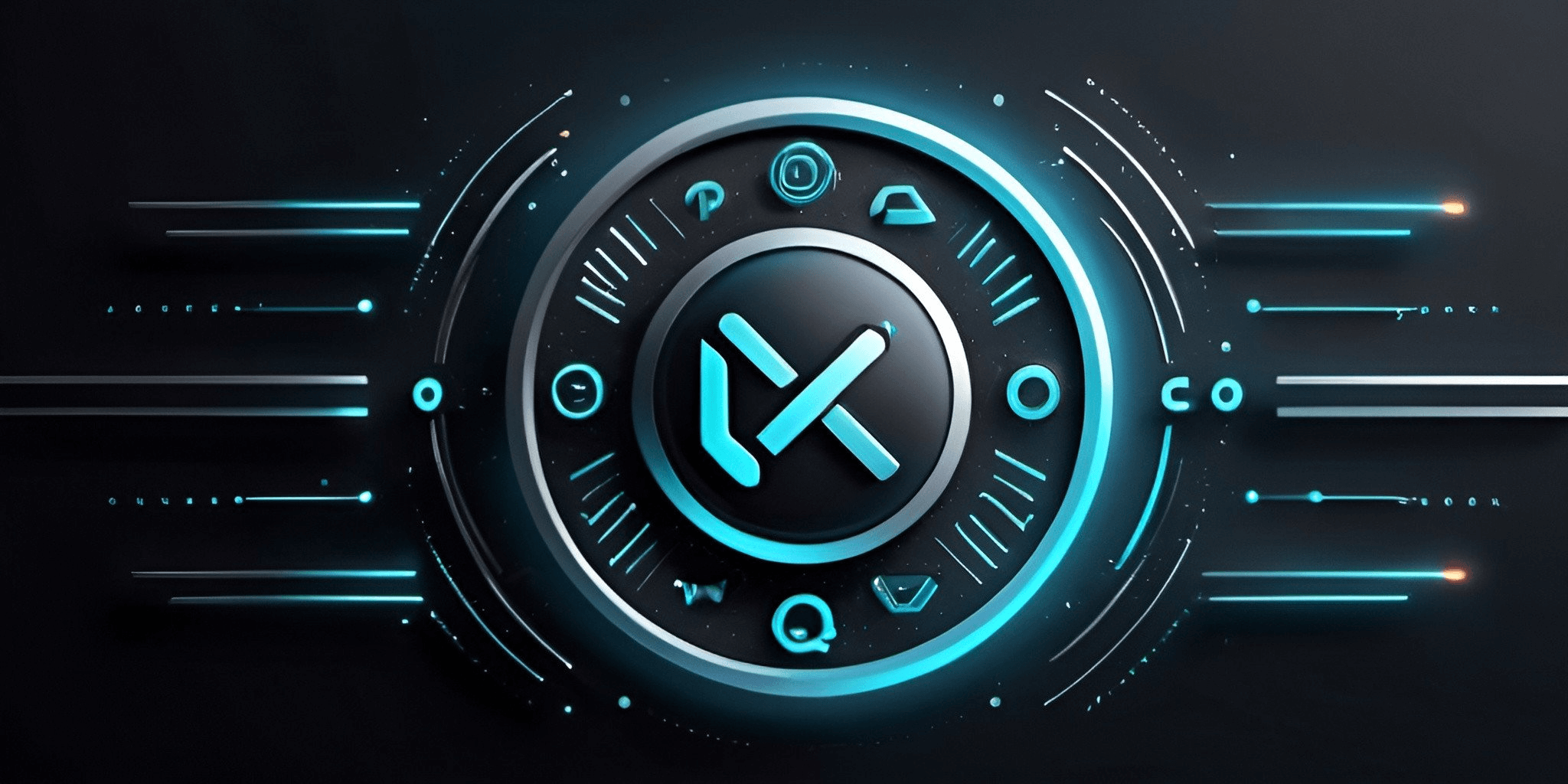Programming languages serve as the cornerstone of modern technological advancements, enabling developers to create software, applications, and systems that power our digital world. With a myriad of programming languages available, each with its own unique features and capabilities, navigating the landscape can be daunting for newcomers and seasoned developers alike. In this comprehensive overview, we delve into the fascinating world of programming languages, exploring their history, evolution, and significance in today’s technology-driven society.
1. Introduction to Programming Languages
Programming languages are formal languages designed to communicate instructions to a computer. They provide developers with a set of rules and syntax for writing code that can be executed by a computer system. From high-level languages like Python and Java to low-level languages like Assembly and machine code, programming languages vary in their level of abstraction and complexity.
2. The Evolution of Programming Languages
The history of programming languages dates back to the mid-20th century, with early languages such as Fortran, Lisp, and COBOL paving the way for modern programming paradigms. Over the years, programming languages have evolved significantly, driven by advancements in computer hardware, software engineering practices, and the demands of the tech industry. The emergence of object-oriented programming languages like C++ and Smalltalk in the 1980s revolutionized software development, while the rise of dynamic languages like Ruby and JavaScript in the 21st century brought about new approaches to web development and scripting.
3. Major Programming Paradigms
Programming languages are often categorized based on their programming paradigms, which define the style and methodology of software development. Some of the major paradigms include:
- Procedural Programming: Focuses on writing code as a series of procedures or functions.
- Object-Oriented Programming (OOP): Organizes code into objects that encapsulate data and behavior.
- Functional Programming: Emphasizes the use of pure functions and immutable data.
- Declarative Programming: Describes what the program should accomplish without specifying how to achieve it.
Each paradigm offers its own set of strengths and weaknesses, allowing developers to choose the most suitable approach for their projects.
4. Popular Programming Languages
The programming landscape is vast and diverse, with a multitude of languages catering to different domains and applications. Some of the most popular programming languages today include:
- Python: Known for its simplicity and readability, Python is widely used in web development, data analysis, artificial intelligence, and scientific computing.
- Java: Renowned for its platform independence and robustness, Java is a staple in enterprise software development, mobile app development, and large-scale systems.
- JavaScript: The backbone of web development, JavaScript powers interactive websites and web applications, offering dynamic functionality and client-side scripting capabilities.
- C++: Valued for its performance and versatility, C++ is used in game development, system programming, and embedded systems where efficiency is paramount.
- Go (Golang): Developed by Google, Go is gaining popularity for its simplicity, concurrency support, and fast compilation, making it ideal for cloud-native applications and microservices.
5. Future Trends and Emerging Technologies
As technology continues to evolve, new programming languages and paradigms are constantly emerging to address the evolving needs of developers and businesses. From domain-specific languages (DSLs) tailored to specific industries to specialized languages for emerging technologies like blockchain, quantum computing, and machine learning, the future of programming languages is brimming with innovation and possibility.
In conclusion, programming languages play a pivotal role in shaping the digital landscape, empowering developers to build innovative solutions that drive progress and innovation across industries. With a plethora of languages to choose from and new technologies on the horizon, the world of programming offers endless opportunities for learning, exploration, and creativity. Whether you’re a seasoned developer or a curious beginner, embracing the diversity and dynamism of programming languages is key to unlocking the full potential of software development in the 21st century.
